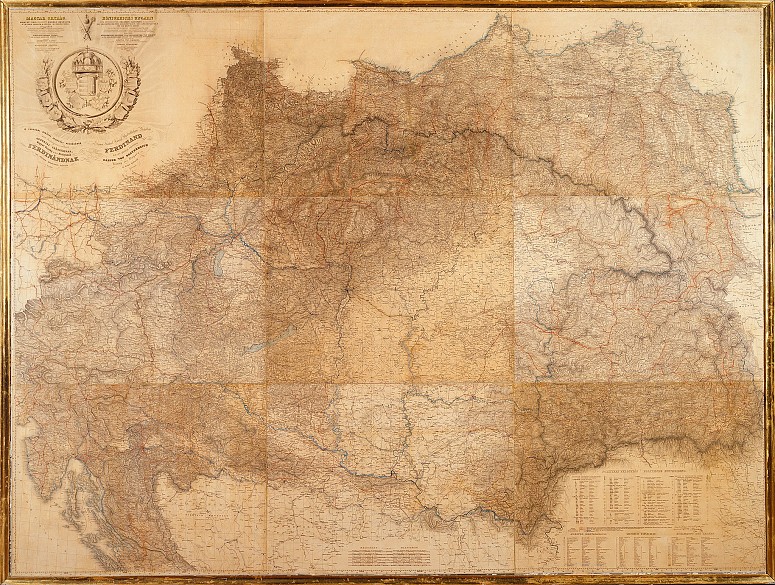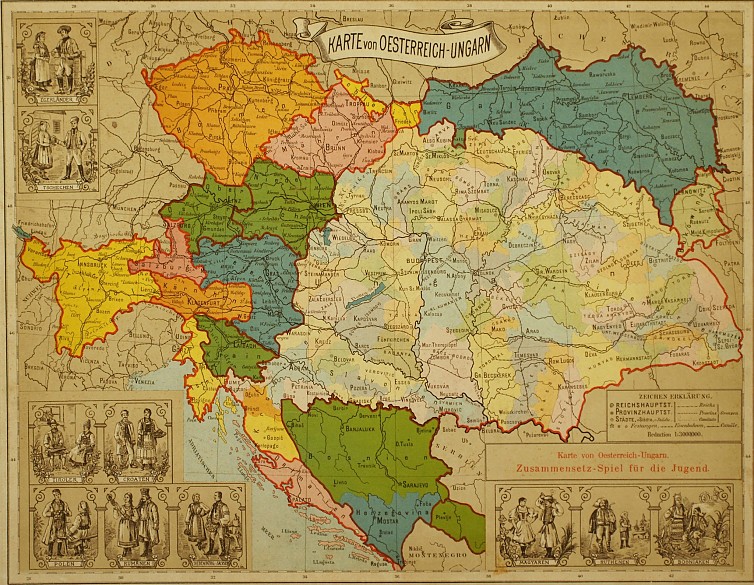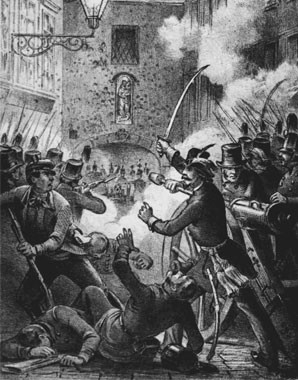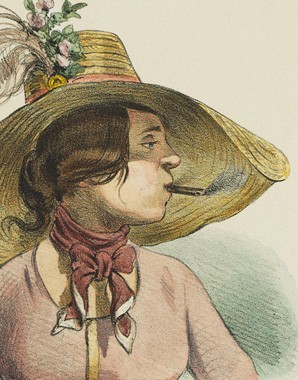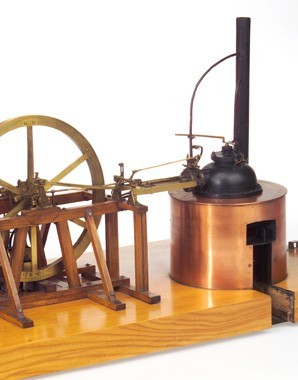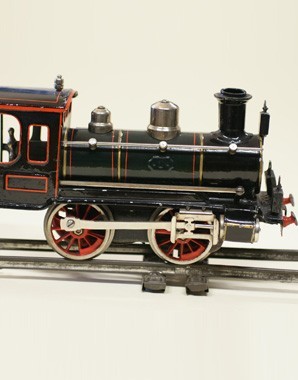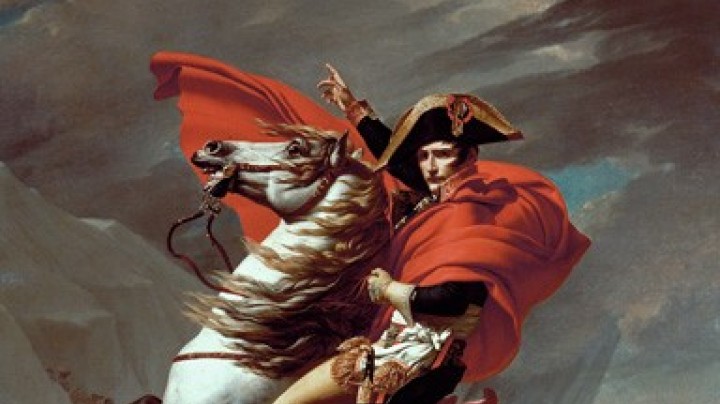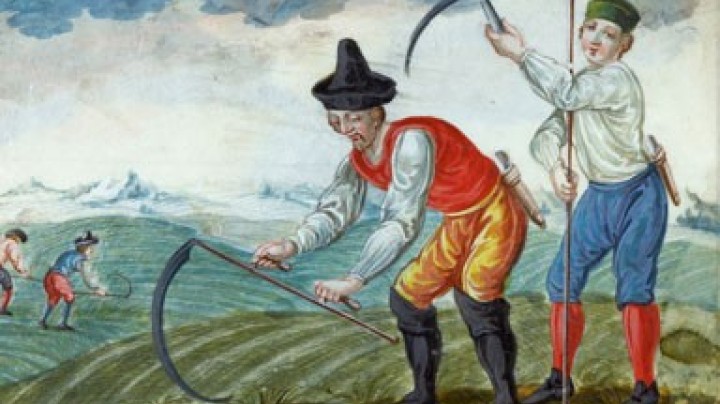To every region its task? ‘Division of labour’ in the Habsburg lands
At one end of the Monarchy there were agricultural areas, at the other industrial regions – the economic structure of the Monarchy was very diverse.
The enormous Habsburg Monarchy was amazingly diverse, not only from the linguistic but also from the economic point of view. While Bohemia and Lower Austria, together with Vienna, the capital of the empire and the seat of the emperor, had the highest gross domestic product, Dalmatia, Bukovina and Galicia were at the bottom end of the list. This is made clear by the division of labour in the Monarchy: while the Austrian half of the Monarchy was relatively highly industrialized, the Hungarian half produced agricultural produce, which was destined for export to the Austrian half, and on the other hand served as a market for the industrial goods which the latter produced. This division of labour also determined the government’s policy regarding the promotion of further industrial development. Some regions, for example Bukovina and Galicia, were not of economic but primarily of military interest. The most important models for industrialization were France and above all England. Hence Archduke Johann travelled to England and made the acquaintance of James Watt, famous as the inventor of the steam engine, although actually he did not invent it but ‘only’ developed it further. Whole new industrial landscapes and regions sprang up: at first it was the towns that attracted the construction of factories, because that was where there were enough suitably qualified workers and likely markets. Moreover, the towns also provided a pool of unskilled and hence cheap workers for industrialists. Women factory workers earned far less, because it was argued that their work was of a lower quality. As increasing industrialization led to increases in land prices and wages in the towns, more and more factories were also set up in rural areas, where land and labour were cheaper. The large-scale expansion of industry in rural areas was only made possible by the development of railways, since these enabled the relatively speedy transport of goods and raw materials. As a consequence most industrial sites grew up alongside railway lines.
